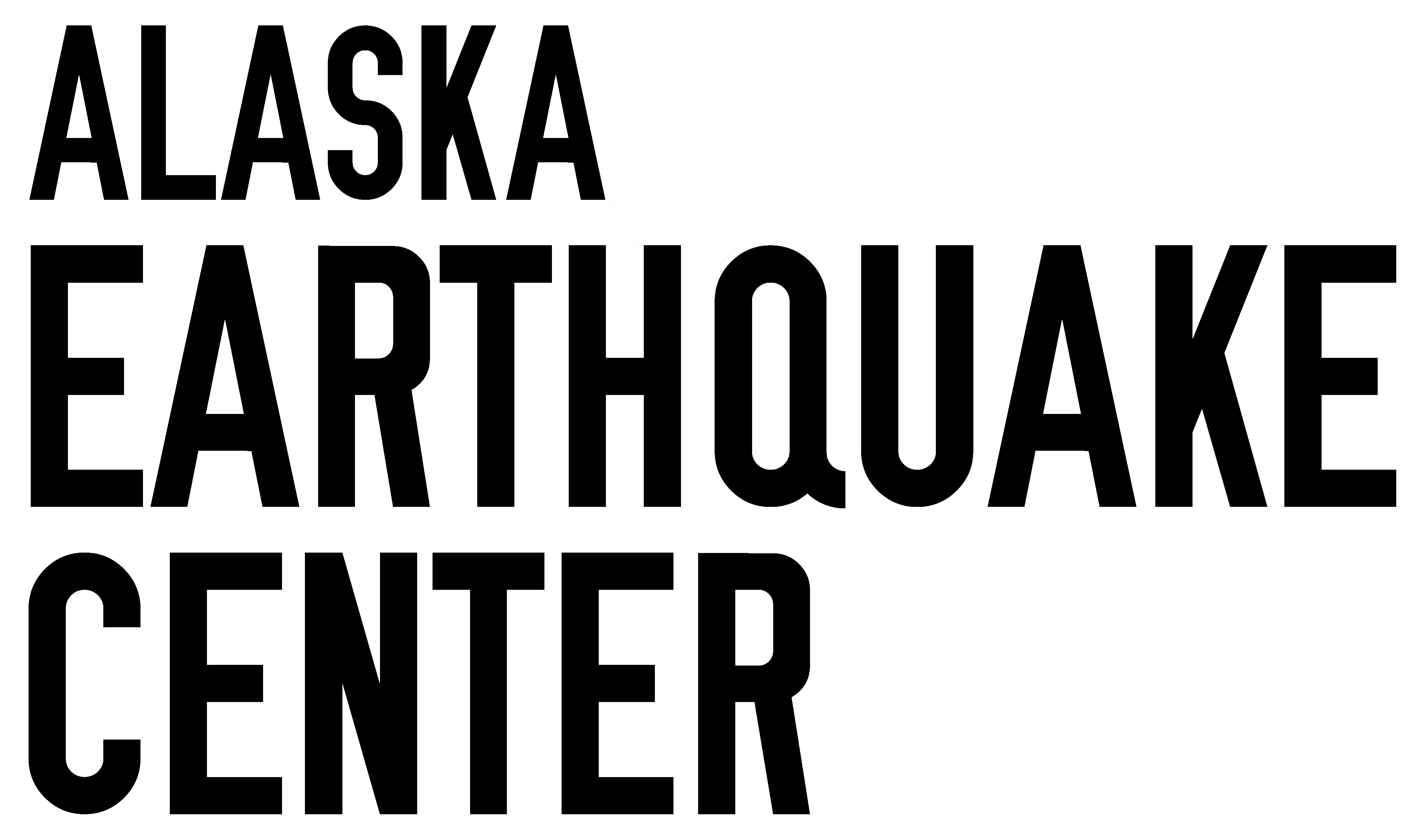Magnitude 2.6 - 35 miles SW of Sitka
February 7, 2025 14:33:13 AKST (February 7, 2025 23:33:13 UTC)
56.7860°N 136.0996°W Depth 16.8 miles (27 km)
This event has been reviewed by a seismologist
- 67 miles (108 km) NW of Port Alexander
- 75 miles (121 km) SW of Angoon
- 76 miles (123 km) SW of Tenakee Springs
- 81 miles (131 km) S of Pelican
- 82 miles (132 km) W of Kake
- 94 miles (152 km) S of Hoonah
- 97 miles (157 km) S of Elfin Cove
- 99 miles (160 km) W of Point Baker
- 113 miles (183 km) S of Gustavus
- 119 miles (192 km) W of Petersburg
- 121 miles (196 km) SW of Douglas
- 122 miles (197 km) SW of Juneau
- 199 miles (322 km) NW of Ketchikan
- 232 miles (376 km) SE of Yakutat
- Magnitude type: Ml
- Event type: earthquake
Tectonic Setting of Southeast Alaska
Earthquakes in Southeast Alaska have shallow depths and are generally located along the Queen Charlotte and Fairweather faults, both of which are major transform plate boundaries. The Queen Charlotte Fault runs between the Pacific and North American plates, while the Fairweather Fault runs between the Yakutat microplate and North American Plate. The entire length of this fault system ruptured in major earthquakes over the past 90 years. The most significant event was a 1949 M8.1 earthquake that began in British Columbia and ruptured both south and north for a total of about 300 miles (483 km), crossing the border with Alaska. Other significant events in the region were the 1927 M7.1 event north of Sitka, and the 1958 M7.7 Lituya Bay, the 1972 M7.6 Sitka, and the 2013 M7.5 Craig earthquakes. The 2013 Craig Earthquake re-ruptured the northernmost part of the 1949 rupture zone.





